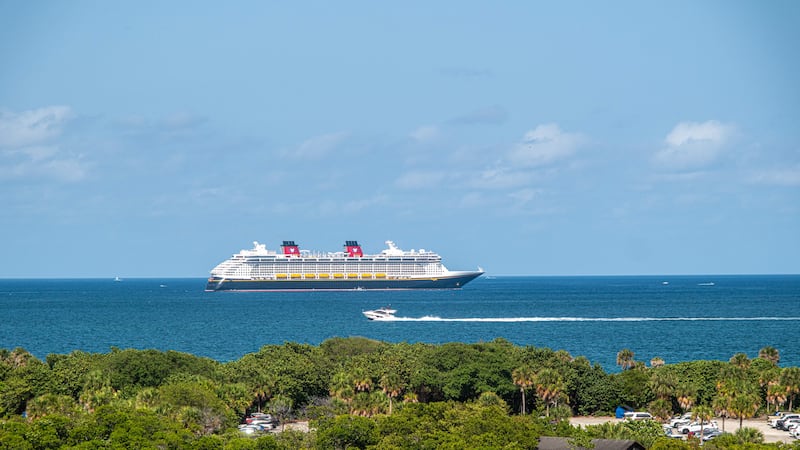A new study warns parts of the Pacific Coast, including Western Washington, could sink several feet during a major offshore earthquake.
The impact could dramatically alter shorelines and drastically expand flood zones.
The study was published this week in the scientific journal Proceedings of the National Academy of Sciences (PNAS).
The risk of a megaquake in the Cascadia Subduction Zone is nothing new, but researchers are shining new light on the impact it could have.
Communities most at risk for seeing land sink in Washington include areas around Willapa Bay, like Long Beach, Tokeland, Ocean Park, and Raymond, as well as areas in Grays Harbor, like Ocean Shores, Westport, and Aberdeen.
“At the moment of the earthquake, the ground in many of those communities is going to go down by as much as two to four, five, six feet all of a sudden,” said Harold Tobin, Director of the Pacific Northwest Seismic Network.
Sea levels are already rising gradually due to climate change, but this change would happen in minutes.
The earthquake is expected to first trigger a tsunami. After that clears, researchers say the ground in these coastal areas could be permanently altered. It could change the shape of harbors, make coastal infrastructure unusable, and change the boundaries of land that is habitable.
That change, researchers say, would dramatically expand the areas at risk for floods.
If a great earthquake struck the Cascadia zone today, researchers predict it would double the flood exposure of residents, structures, and roads.
If the earthquake hit in 2100, when sea levels have risen more from climate change, it could triple that flood exposure, according to the study.
“The 100-year-flood will become much more much more frequent,” Tobin said.
Scott McDougall, Director of Pacific County Emergency Management, said planning for “the big one” is constant.
“If the Cascadia Subduction Zone does rupture, it’s going to be probably the most devastating event we’ve ever seen in the continental United States,” McDougall said.
McDougall said a major priority for coastal communities now is building vertical evacuation zones, where people can escape flood waters or tsunamis.
He said Pacific County currently has one such structure, but none have been completed on the Long Beach Peninsula.
Officials had planned a vertical evacuation zone in Long Beach, but planned to utilize FEMA’s BRIC funding to help build it. Then, the program was canceled abruptly earlier this month under the Trump administration.
,“We’re kind of back at the drawing board right now,” he said.
The Cascadia Subduction Zone last experienced a major earthquake in 1700. It swept away villages, triggered a major tsunami, and uprooted trees. On what is now Vancouver Island, USGS data shows only one of more than 600 people survived.
Experts say the zone ruptures every few hundred years, and we’re currently in the window where it could rupture tomorrow or decades down the line.
©2025 Cox Media Group





